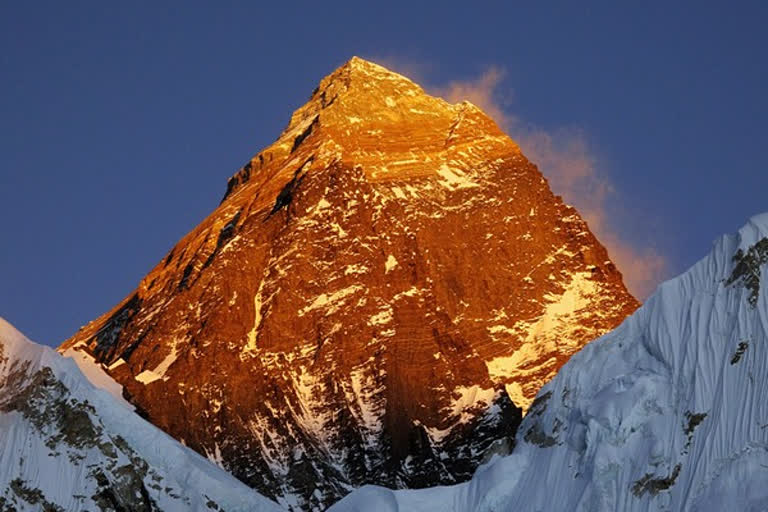New Delhi: Nepal is occupying primacy in Chinese strategic moves like never before. And trying to cast aside the hitch that snowballed into a controversy over the map issue in Kalapani, Limpiyadhura and Lipulekh across Uttarkhand’s Pithoragarh, India is not too far behind.
Clearly, Nepal is the flavour of the season now even as the two Asian giants face each other belligerently across the eastern Ladakh region in unprecedented military mobilization of men and material.
On Tuesday, China and Nepal presidents Xi Jinping and Bidya Devi Bhandari took the unprecedented step to jointly announce the height of Mount Everest, earth’s highest point whose crest straddles the China-Nepal border.
The three-feet extra elevation at 8848.88 metres caught global media attention. The opportunity was used to underline traditional relationship between the two countries.
Not just that. Chinese media had recently rebuffed India’s declared opposition to building of mega dams on the Yarlung Tsangpo / Brahmaputra river by saying it will cater to Nepal’s power needs.
In an article on December 1 in the state-mouthpiece ‘Global Times’, an expert reacted to Indian objections, hinting that power generated from the long-delayed plans to dam the river will be beneficial in catering to Nepal’s electricity needs.
In the article, Liu Zongyi, head of the Research Center for China-South Asia Cooperation at Shanghai Institute for International Studies, wrote: “In terms of hydropower development, the Yarlung Zangbo River can generate the largest amount of power from the section closest to the (Indian) border… High-voltage transmission lines to Nepal are being built up. Once the hydropower project is launched, it will provide much needed energy to boost the development of China's neighboring countries.”
READ: India and Suriname to cooperate in health, medicine
Such articles are vetted by Beijing and are understood to be reflecting the thinking of the Communist government.
On November 29, Chinese defence minister Wei Fenghe, also a general in the China People’s Liberation Army (PLA), visited Kathmandu with a 20-member delegation, where he met Prime Minister KP Sharma Oli who is also the defence minister, President Bhandari and Army chief Purna Chandra Thapa. A slew of military pacts are believed to have been agreed upon. Wei is the second Chinese defence minister to visit Nepal in two decades.
Minister Wei’s visit was preceded by a visit by two officials of China’s all-powerful Central Military Commission (CMC) on November 24—two days before Indian foreign secretary Harsh Vardhan Shringla’s two-day visit to Kathmandu.
On November 3, Indian Army chief General Manoj Mukund Naravane embarked on a three-day visit to Nepal. The Army chief’s visit followed an October 21 visit to Kathmandu by Samant Kumar Goel, head of the Research and Analysis Wing (RAW), India’s external intelligence agency.



